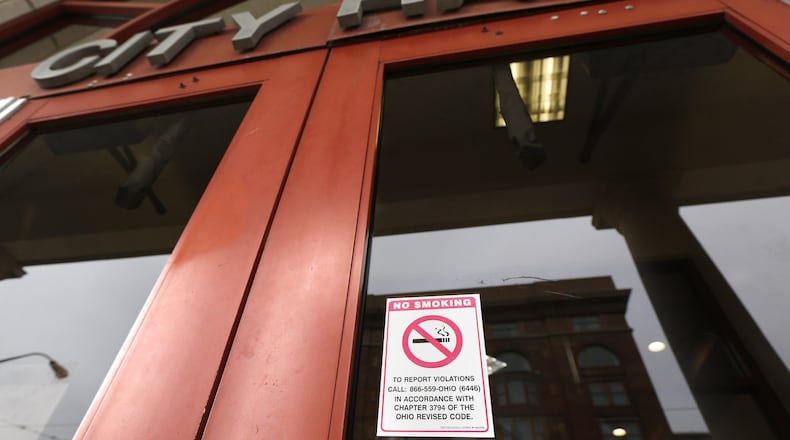ELECTION: Smith, Pickett elected to Dayton school board
The timing of the 2019 survey is important to consider, given the February water crisis, a hate-group rally downtown in May, a massive tornado outbreak, and an Aug. 4 mass shooting. The survey was conducted from May 12 through July 30.
Big-picture issues
The same four big-picture questions have been asked each of the past four years.
- About 51% of respondents said they are satisfied with Dayton as a place to live – slightly higher than any of the past three years, when the percentages were 48-50-48. That’s about double the 26% who said they were dissatisfied.
But that 26% dissatisfied number is also higher than any of the past three years (24-24-25). More people felt strongly one way or another, as the percentage who said they were neutral or not sure declined from 28% to 23%.
- Fifty percent of residents said they felt “things in Dayton are heading in the right direction,” up from 47% in 2016 and 2018, and equaling the recent high mark set in 2017. About 28% of responding residents said things are heading in the wrong direction (one percentage point less than last year), and 22% had no opinion.
PHOTOS: Procession honors fallen Dayton detective
- The percentage of people who said they “are likely to remain living in Dayton for the next five years” hit a four-year high at 58%, after sitting at 54-55% each of the past three years. The percentage unlikely to stay stayed at 17%, tying a four-year low.
- About 46% of respondents said the amount of taxes they pay seems reasonable, given the services the city provides, while 39% say taxes are too high. That’s a more favorable response than last year — when both numbers were 41%. And this year’s answers are closer to the way respondents felt in 2016-17.
Struggling areas
- Residents’ disappointment with the condition of paved streets grew for the second year in a row, as 65% of respondents said they were either dissatisfied or very dissatisfied. That’s up from 57% in 2017 and 60% in 2018, and by far the area where residents were most unhappy.
RELATED: Students challenge school, city leaders to listen
The dissatisfaction could show residents’ impatience, as an income tax hike that took effect in 2017 designed to funnel millions of dollars toward street repair, but improvements are not yet widespread.
- Residents’ “confidence in the purity and cleanliness of Dayton’s tap water” dropped this year. In June, Montgomery County officials raised concerns about the impact of per- and polyfluoroalkyl (PFAS) contamination in city water. A total of 30% of respondents were not confident in tap water purity, up 7% from last year and hitting a four-year high.
Satisfaction, improvement
- Multiple measures of resident safety hit four-year high points, having improved each year. While 60% of respondents are still very or somewhat concerned with neighborhood gun violence, that rate has dropped each year from 66% in 2016. About 56% say they feel safe outside in their neighborhood at night, up 8% over four years. The percentage who say they would feel unsafe downtown at night is only 40%, an 8% improvement over four years.
RELATED: Firefighters face discipline for missing body
- Several city departments saw satisfaction rates much higher than dissatisfaction. Fire/EMS services had a 70% satisfaction rate and only a 3% dissatisfaction rate. In waste collection, the ratio was 68-12 in favor of satisfaction, and the city’s recycling services drew a 60% satisfaction rate and only 11% dissatisfaction.
Hilary Browning, a management analyst in the city’s Department of Procurement, Management & Budget, said full results will be available via a new online dashboard Dec. 2, allowing residents to analyze the data. She said city officials are still troubleshooting that feature.
According to city officials, more than 10,000 survey packets were mailed to randomly selected Dayton households by OpinionWorks, LLC, receiving 1,590 responses. Another 400 residents completed a public online survey.
Demographic data shows that 51% of 2019 survey respondents were white and 37% were black, very close to past surveys’ racial makeup. But respondents were more wealthy than usual. The 23% who reported gross household income over $75,000 marked a four-year high, and the 20% under $25,000 were a four-year low.
About the Author

